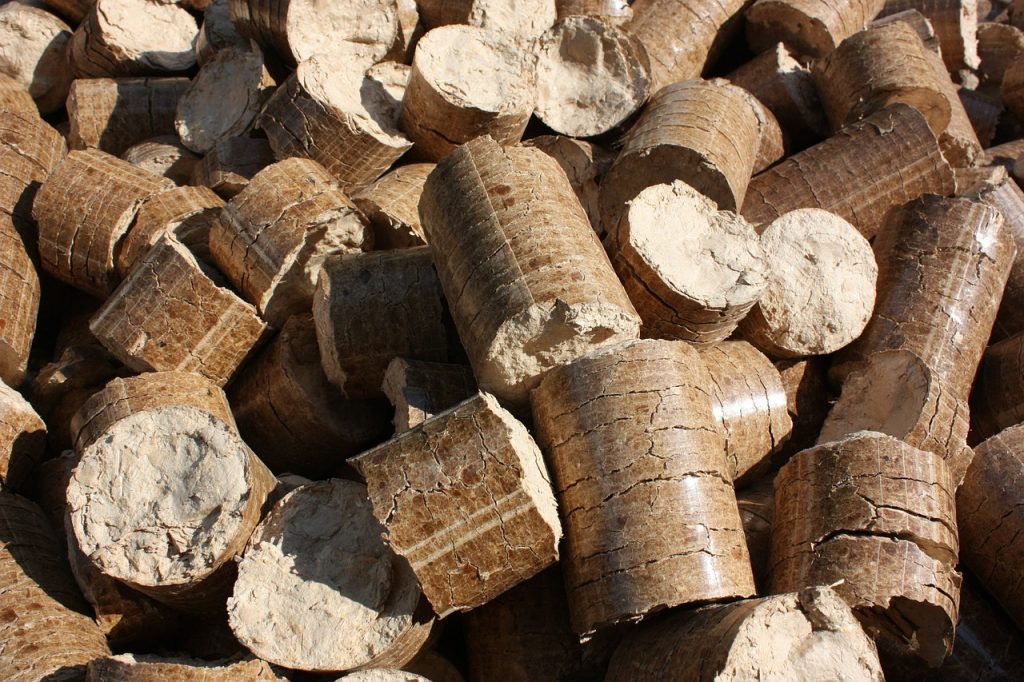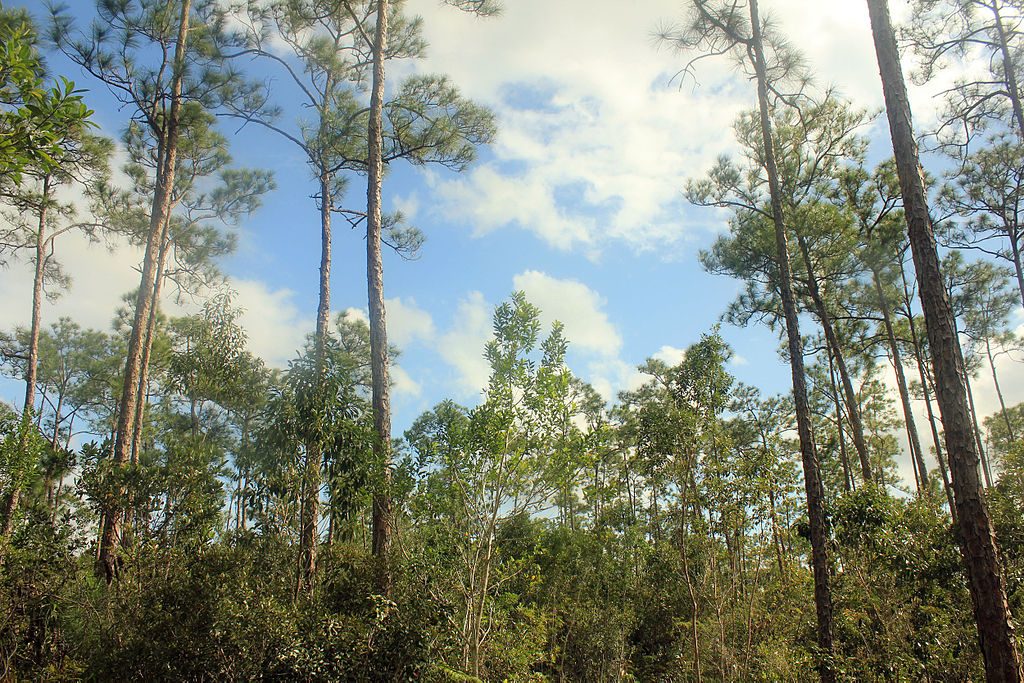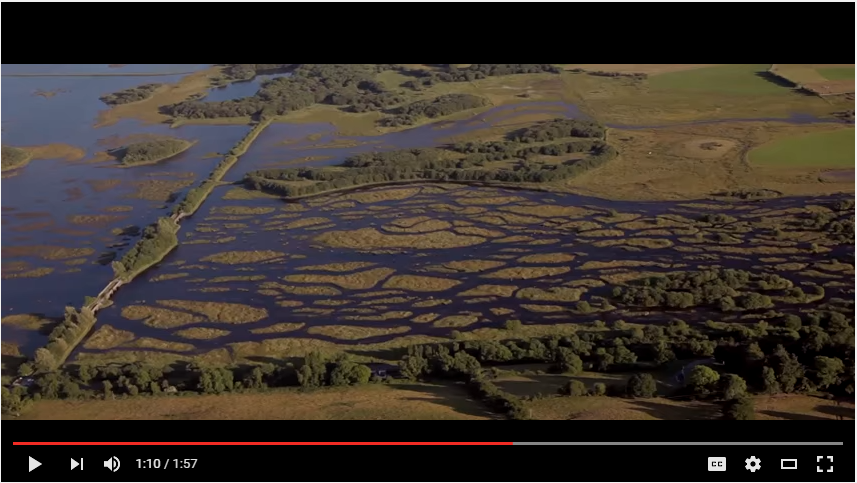US-based NGOs call on Ireland to close peat power stations by 2020

August 14th, 2018
Over 30 conservation and environmental groups in the US have voiced concern that plans for large-scale biomass burning at Ireland’s peat-fired power stations are a serious threat to southern US forests.
The findings of the groups, including the National Resources Defence Council and the Southern Environmental Law Centre, are included in an open letter to the Irish government, ESB and Bord na Móna sent earlier this week.
The groups call on the Irish government to close its three peat-powered stations by 2020, to stop subsidising co-firing with biomass and to refuse approval for ESB’s forthcoming planning application to convert its two Midlands stations to co-firing with peat.
Both the ESB and Bord na Móna intend to co-fire with increasing amounts of biomass, including woody biomass and to convert them to burn 100 per cent biomass by 2030. In 2016, Bord na Mona outlined plans to invest in US-based wood pellet manufacturing in southeastern states in the US to secure a long-term supply of woody biomass for its Edenderry plant.
Earlier this year, however, it dropped plans for a €60 million wood pellet factory. It currently imports woodchip from Africa and plans to further enhance its “sustainable international sources of biomass,” with a focus on woodchip. The company said that it intends to phase out imported biomass over time in favour of indigenous sources.
The ESB told The Green News that it plans to fully convert its West Offaly and Lough Ree plants from peat to biomass on a “phased basis” by the late 2020s. “It is planned that the transition to biomass would initially be fuelled by both indigenous and imported sustainable biomass,” the company said.

Wood Pellets Photo: Pixabay
Driver of forest destruction
The US groups, however, warn that there is “no realistic prospect” of Ireland producing enough biomass from domestic energy crops such as willow for industrial-scale burning at peat stations. The end result will mean that plantations in the US will be the “most likely biomass source” for co-firing and future full biomass conversions in Ireland.
“This would further increase forest degradation and conversion to monoculture tree plantations in a region that is the world’s 36th biodiversity hotspot,” the letter states.
Wood pellet exports to Europe soared from 530,000 tonnes in 2009 to 3.89 million tonnes in 2014, making the US the world’s leading exporter. A 2013 study in Science found that logging in the southern US was among the most intensive in the world between 2000 and 2012.
Rita Frost from Dogwood Alliance, a non-profit working to preserve and restore native forests, said that both Irish semi-states will likely end up replacing peat with “precious forests from the Southern US”. “The wood pellet industry in our region that would feed these companies is a key driver of forest destruction,” she said.
She added: “Those forests lie at the heart of a global biodiversity hotspot and are vital for the future of the world’s climate, the region’s water supplies, and the local communities that depend on them.”
A 2016 investigation by Dogwood found clear cutting in wetland forests unique to the southeast coast that provide a range of environmental services such as flood protection and habitat to endangered species. The European Commission has also confirmed that whole trees are being sourced for pellet exports to the EU, leading to high emissions, biodiversity loss, and deforestation.

Pine forest habitat in the Everglades, Florida Photo: Yinan Chen
Woody biomass as bad as coal
EU rules state that the burning of wood pellets is carbon neutral. The idea is that any carbon lost through felling and burning is recaptured and fixed back in the soil through replanting. However, in reality, woody biomass can be far less efficient than fossil fuels like coal for each kilowatt-hour of electricity produced.
As fresh cut wood is almost half water by weight, more power is needed to burn it off. This means more wood has to be burnt to produce the same amount of energy as fossil fuels. A recent UK Department of Energy and Climate Change report found that energy needed to produce electricity from the pellets will be “significantly greater” than for coal by 2020.
Even if forests are allowed to regrow, over 800 scientists told the European Union earlier this year, wood deliberately harvested for burning will “increase carbon in the atmosphere and warming for decades to centuries”.
“Harvesting wood also properly leaves some biomass behind to protect soils, such as roots and small branches, which decompose and emit carbon. The result is a large ‘carbon debt’,” the letter states.
This will occur even if forest management is “sustainable”, the scientists warn, calling for a shift to genuine low-carbon renewable energy, together with the protection and expansion of forest ecosystems that “continuously sequester carbon from the atmosphere”.
Thus, the US groups’ letter states, both peat and biomass burning are “clearly incompatible” with the Paris Agreement to hold the increase in the global average temperature to well below two degrees above pre-industrial levels. As a result, Bord na Mona and EBS plants must be shut down as soon as possible, the letter states.

Train with milled peat for Edenderry Powerstation Photo: Peter Mooney
Phase out peat burning by 2020
The findings in the letter are supported by Irish environmental groups such as An Taisce, whose climate change spokesperson John Gibbons called on the State to heed the warnings from the US. He said that we must urgently phase out high-carbon peat burning in Ireland by 2020 in favour of increased state support for low-carbon renewables such as wind and solar.
“Burning either peat or imported wood pellets undermines Ireland’s climate change commitments while also destroying critical biodiversity. It must be ended,” Mr Gibbons added. “It is cynical in the extreme for Bord Na Móna to plan to extend the life of its ecologically devastating peat burning business by contributing to similar destruction abroad.”
As a semi-state, Mr Gibbons said that Bord Na Móna can be directed by government to focus solely on commercial activities that “do not destroy biodiversity, increase flooding risk and further undermine Ireland’s climate targets”.
[x_author title=”About the Author”]







